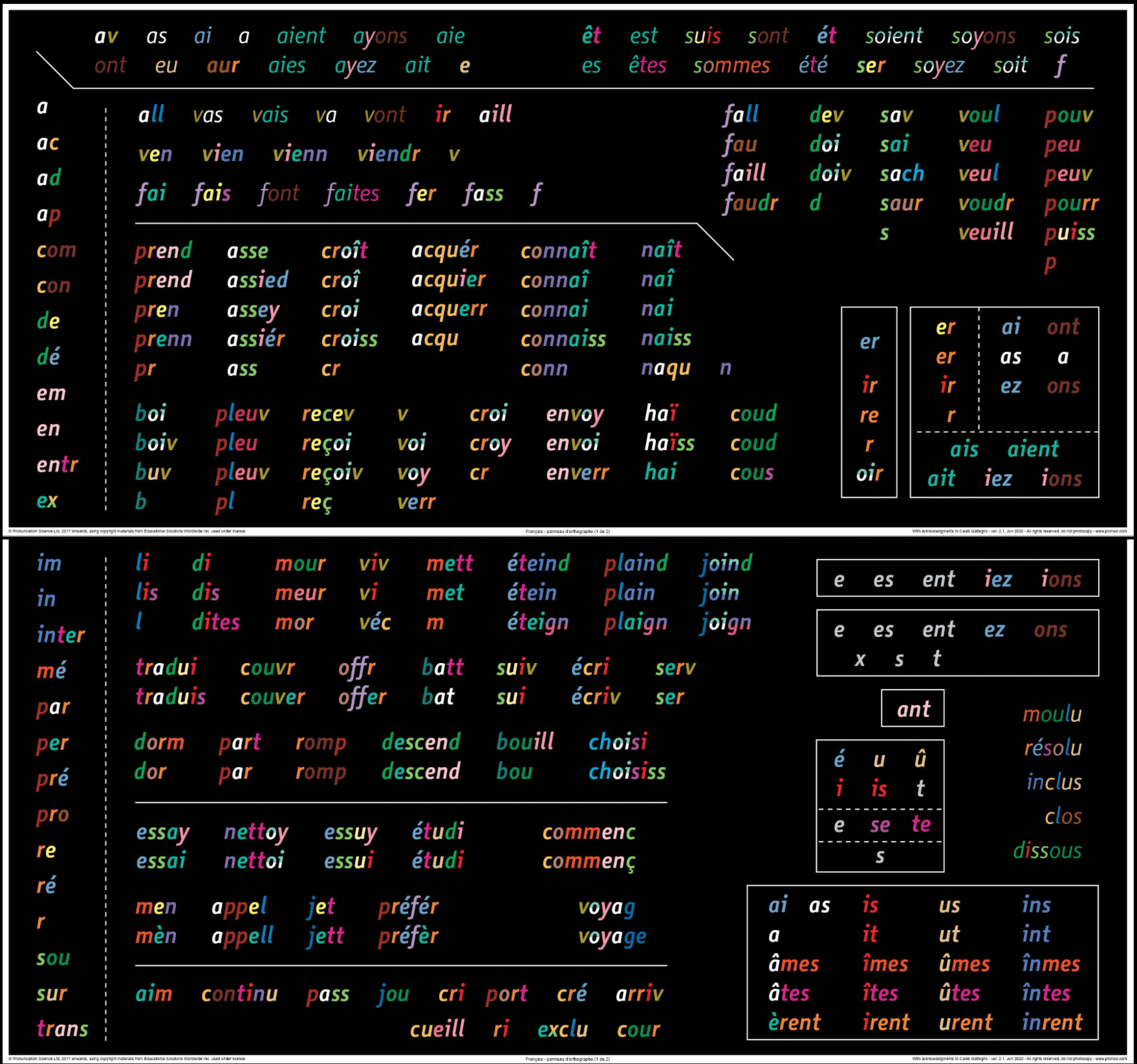Are you tired of endless grammar drills, textbooks, and writing exercises in your quest to learn French? If so, the Silent Way might be just what you’ve been looking for. In this blog, we’ll explore how the Silent Way method offers a fresh approach to learning French, where speaking takes center stage. Say goodbye to traditional language learning methods and embrace a dynamic, interactive, and effective way to become proficient in French.

Why “Speak, Don’t Write”?
The Silent Way is a teaching approach that turns the conventional language classroom on its head. Instead of lengthy explanations from the teacher or hours spent pouring over written exercises, the emphasis is on speaking and active student participation. Here’s how it works:
1. Speaking is Priority: In the Silent Way, students are encouraged to speak from day one. This immediate focus on spoken language helps learners develop their pronunciation and fluency quickly. The approach is all about communication and practical language use.
2. Error Correction: Contrary to traditional methods where teachers correct errors, the Silent Way promotes self-correction and peer correction. This not only reduces the fear of making mistakes but also makes learning a collaborative effort.
3. No Textbooks: Bid adieu to heavy textbooks filled with grammar rules and vocabulary lists. Instead, the Silent Way relies on visual aids like wall panels and interactive tools for learning. It’s a hands-on approach that keeps learners engaged.
4. Active Learning: The Silent Way encourages students to interact with each other, manipulate objects, and create sentences. It’s a dynamic and interactive approach that ensures you’re speaking to learn, not just learning to speak.
5. Adaptation and Progress: The Silent Way adapts to your needs. The curriculum evolves based on what you do and say, ensuring that you progress at your pace and in the most effective way possible.
Benefits of the Silent Way
The Silent Way method has gained popularity because it offers several advantages:
1. Natural Pronunciation: With its strong focus on pronunciation and speaking, learners develop a more natural and authentic French accent.
2. Confidence Building: Speaking from day one boosts learners’ confidence, making them more comfortable with practical language use.
3. Active Engagement: The Silent Way keeps you actively engaged in the learning process. You’re not just a passive observer but an active participant in your language education.
4. Error Tolerance: The approach is highly tolerant of errors, encouraging experimentation and learning from mistakes. This reduces the fear of making errors, a common barrier to speaking in a new language.
5. Collaboration: The Silent Way fosters collaboration and peer learning. Students work together to correct errors and improve their language skills.
Conclusion
So, if you’re looking to learn French in a fun, engaging, and effective way, consider the Silent Way. With its “Speak, Don’t Write” philosophy, it challenges traditional language learning methods and offers a refreshing approach to mastering the French language. Embrace active participation, speaking from day one, and a collaborative learning environment. Say au revoir to your fears and uncertainties about learning a new language and bonjour to a more interactive and successful French learning journey!





Leave a Reply